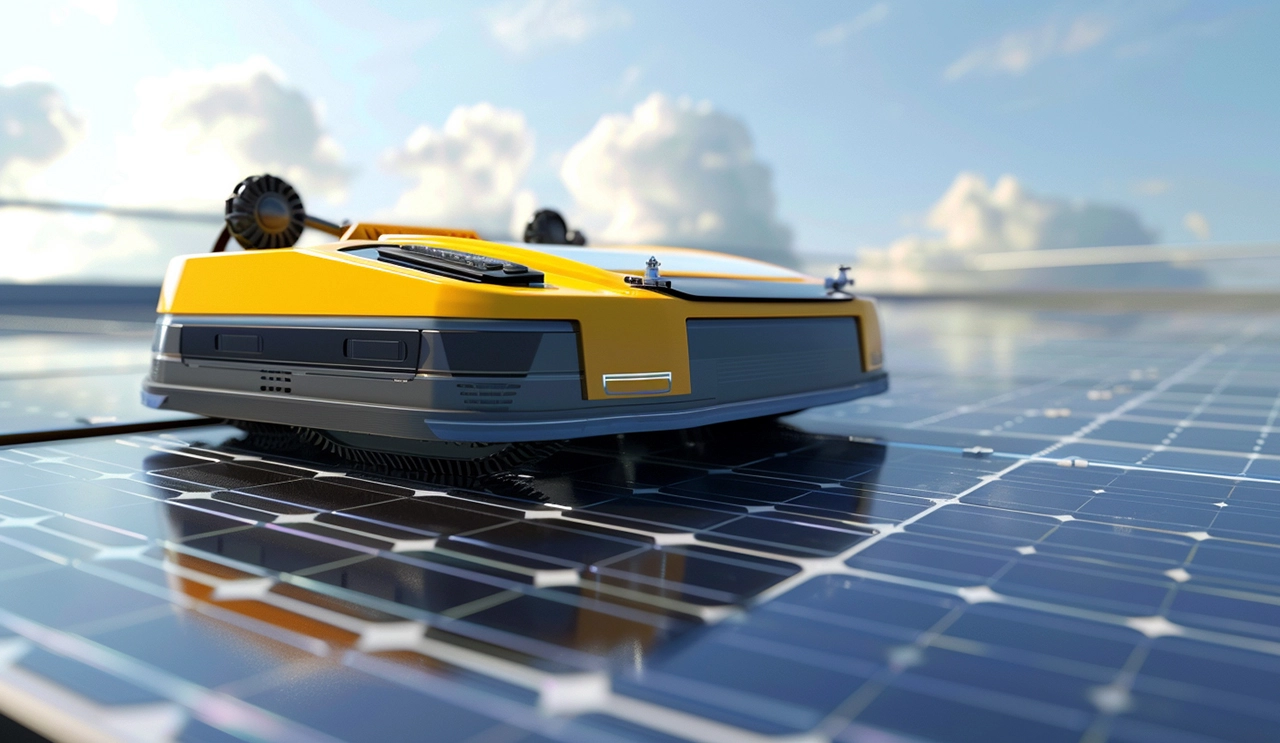
WIRELESS CHARGING IN THE NEWS
Imagine a world-class dancer, constrained by heavy cables entangling their every move. Despite possessing intricate choreography and a powerful core, each graceful spin and powerful leap risks deformation or sudden halt due to cable snags and pulls. This isn't just a limitation; it's a hazard, embedding risks of falls and damage. This is the stark reality facing many embodied robots, designed for high biomimicry and ultimate motion flexibility, but shackled by the literal “power tether.”
At the heart of embodied robotics lies the quest to achieve natural, lifelike movement akin to humans or biological organisms. Physical freedom is paramount to their core “life.” They are engineered to roll, crawl, perform delicate grasping manipulations, and explore autonomously within complex, unstructured environments. Yet, reliance on traditional wired charging forms a crippling bottleneck to realizing this potential. Power cords, seemingly mundane, become immediate “tethers” during dynamic action. Rolling maneuvers invite tangles around the robot itself or environmental obstacles. Navigating confined spaces for intricate tasks becomes a spatial puzzle, severely hindering dexterity. Critically, accidental cable pulls can interrupt charging, damage ports, cause imbalance leading to falls, and trigger system failures – creating significant safety risks and performance limitations.
Wireless power is the golden key to severing these chains. By entirely eliminating the physical tether, it fundamentally removes motion interference. Freed from the entanglement hazard, robots can unleash their designed freedom of movement and flexibility to its fullest extent. Whether executing complex tasks requiring 360-degree rotations, navigating obstacle-rich terrain, or performing micro-scale surgical precision maneuvers, the robot is no longer burdened by avoiding its own “tail.” Motion becomes fluid, efficient, and closer to ideal biomimicry.
Crucially, wireless power empowers embodied robots to meet specialized motion demands. Consider a scenario during high-risk missions like wilderness exploration or disaster relief where the robot tumbles. Traditional wired charging often demands human intervention to reconnect. In contrast, a robust wireless charging system enables charging after a fall. Once the robot enters a designated charging zone, power transfer automatically and seamlessly resumes. This drastically improves operational endurance and robustness in non-ideal states, a critical advantage in time-sensitive and hostile environments.
For embodied robotics R&D institutions, university labs, and cutting-edge researchers, adopting wireless power is far more than a simple charging alternative. It is a foundational enabling technology that breaks motion barriers, enhances system reliability, and fulfills core design objectives. Choosing a stable, efficient, dynamic wireless charging (DWC) solution signifies equipping your robot with the wings of true freedom. Unleash your creation on the grand stage you’ve designed, allowing it to exhibit its bionic charisma and genuine vitality without constraint. Break the power tether. Let motion know no bounds.







